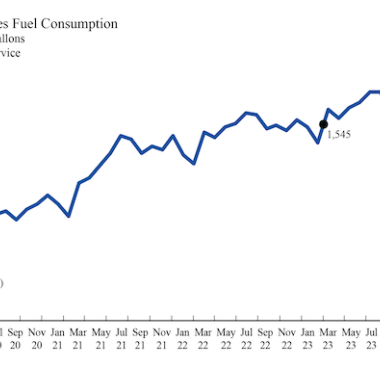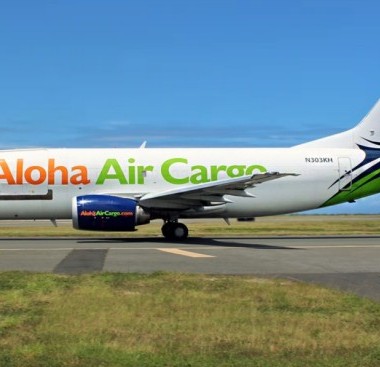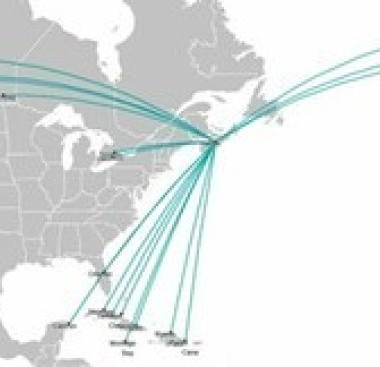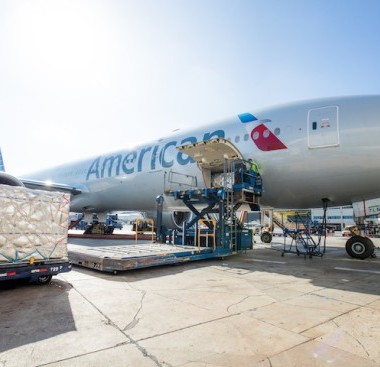Shaping a safer and sustainable future for shipping
May 01, 2024The shipping industry has embarked on a transformative journey, actively working towards a sustainable future and a safer environment. With a strong commitment to reducing greenhouse gas emissions, the industry is actively seeking the uptake and safe use of new low-GHG technologies and alternatives while simultaneously focusing on improving safety measures onboard ships.
After obtaining a bachelor's degree in mechanical engineering from Cochin University of Science and Technology in India in 2005, my career journey started as a marine engineer, working on various types of ships for ten years. Throughout my career, I’ve always been passionate about ensuring the safety of ships and seafarers. Through my work at ICS, I have been able to continue this effort through developing safety and environmental guidelines and involving myself in safety measures for low- and zero-carbon fuels.
The Engine Room Procedures Guide, Second Edition introduces critical procedures for safely managing alternative fuels such as LNG, highlighting the most common engine room deficiencies found during various inspections and offers comprehensive guidance for operating the engine room in a safe and environmentally responsible manner. By collaborating with technical experts from shipping companies that utilise low-carbon fuels, we were able to share valuable practices and experiences, resulting in a positive environmental impact. The latest version also contains expanded guidance on enclosed space entry which is a critical safety issue.

LNG usage and bunkering
The Engine Room Procedures Guide, Second Edition emphasises the importance of following comprehensive safety procedures during the bunkering of conventional fuel oil and LNG, providing step-by-step instructions to ensure a secure bunkering operation for every ship.
Over the past four decades, LNG has transformed into a mature marine fuel. It is safely bunkered and used, ensuring compliance with air pollution regulations, and reducing greenhouse gas emissions (GHG).
The International Maritime Organization (IMO) adopted an updated GHG Strategy in 2023, setting clear targets for the reduction of GHG emissions and committing the international shipping industry to achieve net zero emissions by or around 2050. IMO’s strategy focuses on ensuring the uptake of zero and near-zero GHG fuels by 2030, as well as indicative emission reduction checkpoints for 2030 and 2040.
Utilising LNG as a marine fuel offers substantial environmental benefits throughout the operational lifespan of vessels. These benefits encompass an improved Energy Efficiency Design Index (EEDI) rating and Carbon Intensity Indicator (CII), a significant decrease in nitrous oxide (NOx) emissions, almost zero emissions of sulphur oxides (SOx), and particulate matter emissions (PM), including black carbon, and a reduction in overall GHG emissions.1
Bunkering of conventional fuel oil is a routine and yet critical shipboard activity, while LNG bunkering carries additional risks that must be managed by all relevant stakeholders. Different risks are involved for the ship during LNG bunkering, depending on whether it's conducted from a bunkering ship, tank truck, or shore-based facility.
Failing to follow safety procedures during bunkering poses a significant risk to the ship, crew and its surrounding environment. Potential risks encompass the release of explosive LNG vapour into the surrounding atmosphere, crew frostbite danger, and depletion of oxygen near the leakage area.
LNG bunkering is not only at risk of explosive vapour release but also necessitates storage and handling at extremely low temperatures due to its cryogenic nature. The International Code of Safety for Ships Using Gases or Other Low-Flashpoint Fuels (IGF Code) has mandatory provisions for the arrangement, installation, control, and monitoring of machinery, equipment, and systems using low-flashpoint fuels, including LNG. To operate LNG-fuelled vessels, crew members need specialised training, along with ensuring compliance with specific operational procedures for handling LNG fuel.
Enclosed space entry procedures
An enclosed space lacks proper ventilation, is not meant for continuous occupancy, has limited access, and may have a hazardous atmosphere. Understanding the precautions for entry into enclosed spaces is extremely important for everyone on board. It is concerning how frequently serious accidents occur on ships due to enclosed space entry, often leading to the death of seafarers. Following simple procedures and precautions can help to prevent most of these deaths.
To ensure crew safety, it is necessary to properly assess risks and establish robust entry protocols. Severe consequences can result from accidents involving enclosed space entry, such as asphyxiation, poisoning, or falls. By following procedures, the risk of accidents is minimised, as all required safety measures are implemented before entering.
The Engine Room Procedures Guide, Second Edition includes updated and consolidated enclosed space entry procedures that align with the latest industry best practices, ensuring improved safety during critical operations.
Readiness for inspections
The guide highlights the most commonly identified engine room deficiencies to help crew prepare for port state control inspections to meet international regulations and industry standards. By ensuring ships are prepared for inspections, shipowners and operators can demonstrate their commitment to safety and compliance, preventing penalties, detentions, or operational delays.
A well-maintained engine room, efficient record-keeping, and a skilled crew will prevent high levels of inspection remarks and observations. To ensure proper maintenance, the engine room procedures guide recommends treating the engine room as if it were being inspected daily instead of only preparing it for inspection on the day.
The guide provides details on the responsibilities of the chief engineer and engineering team, the areas inspected in the engine room, and the common deficiencies uncovered in ship inspections.
New ways to decarbonise
The shipping industry is exploring a range of new technologies and fuel alternatives to navigate towards a more sustainable future on the way to a net-zero journey. Replacing the conventional fuels used in ships with sustainable alternative fuels is an inevitable part of this journey.
LNG as marine fuel is an interim solution to reduce GHG emissions because of concerns about methane slip and fugitive emissions. The future utilisation of synthetic methane (or e-methane) is projected to assist LNG-powered ships in reaching the IMO's GHG reduction targets.
We are excited to present a more detailed and up-to-date guide for the efficient and environmentally friendly operation of engine rooms on ships. The guide is an extensive resource for both industry professionals and new marine engineers, covering various procedures, guidelines, and best practices and aiming to ensure the safe operation and management of ships' engine rooms while preserving the environment.
Similar Stories

New Logistec CEO Pierce unveils ambitious expansion roadmap
View Article
Sandepudi joins WSP as U.S. Bridges and Structures Director
View Article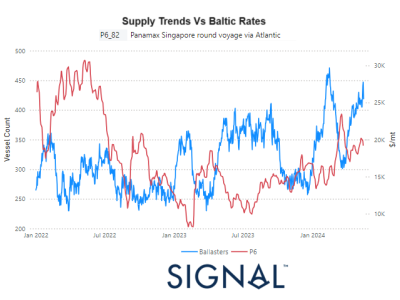
Dry Weekly Market Monitor: Week 20 - 2024
View Article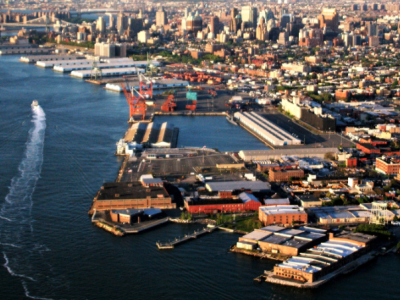
Mayor Adams, Governor Hochul, NYCEDC, and Port Authority investment in 122-acre Brooklyn waterfront
View ArticleSeanery Maritime reports strongest first quarter in company’s history with income of $10.2 million
Seanergy Maritime reports record financial results for the quarter ending March 31, 2024 and declares cash dividends of $0.15 per share...
View ArticleSSA Marine: Announces new cruise division and appoints industry veteran Stefano Borzone as President
The new division will focus on expanding the company’s long-term partnerships with major cruise lines, as well as developing innovative, value generating solutions for its cruise, port, and destination partners...
View ArticleGet the most up-to-date trending news!
SubscribeIndustry updates and weekly newsletter direct to your inbox!


